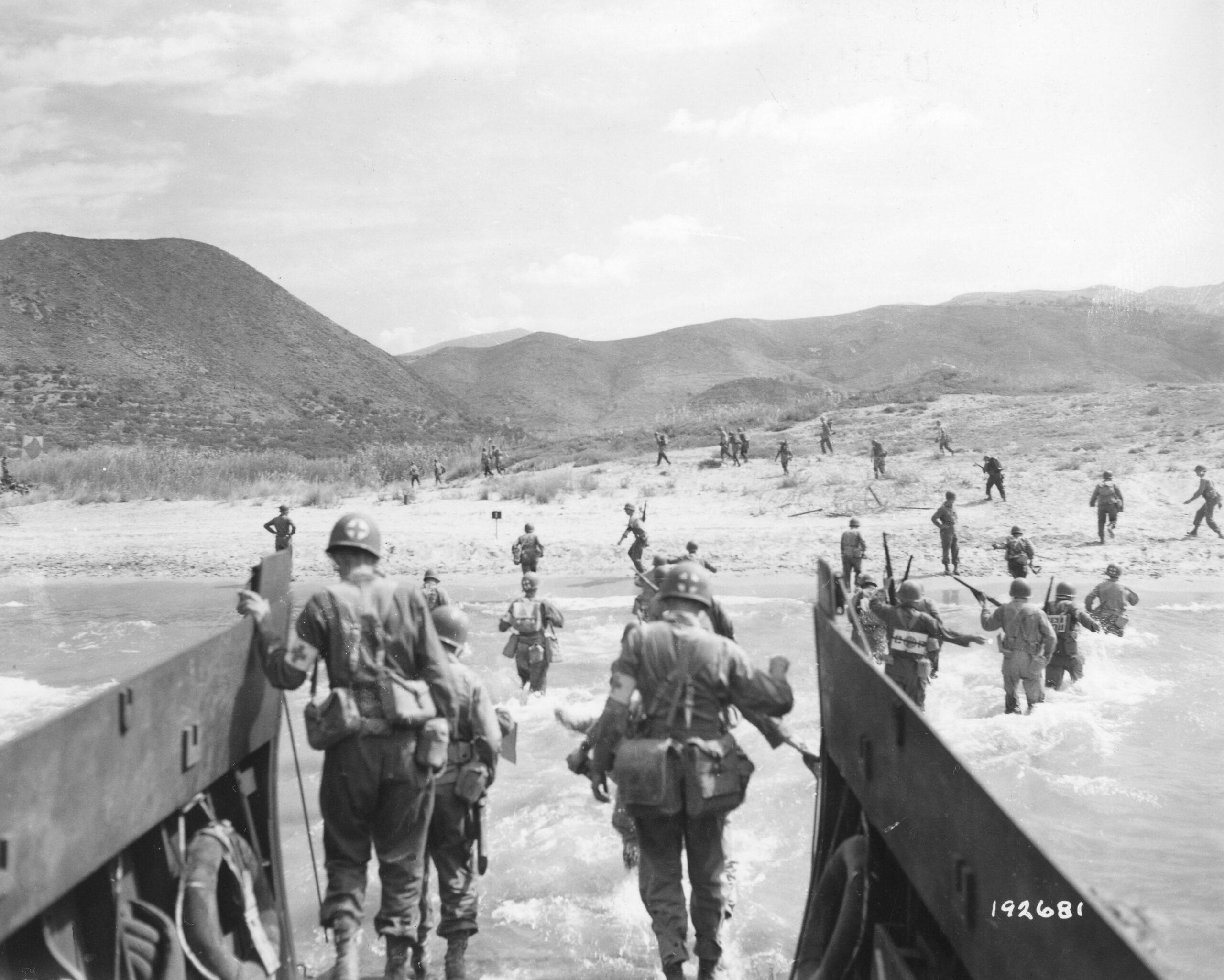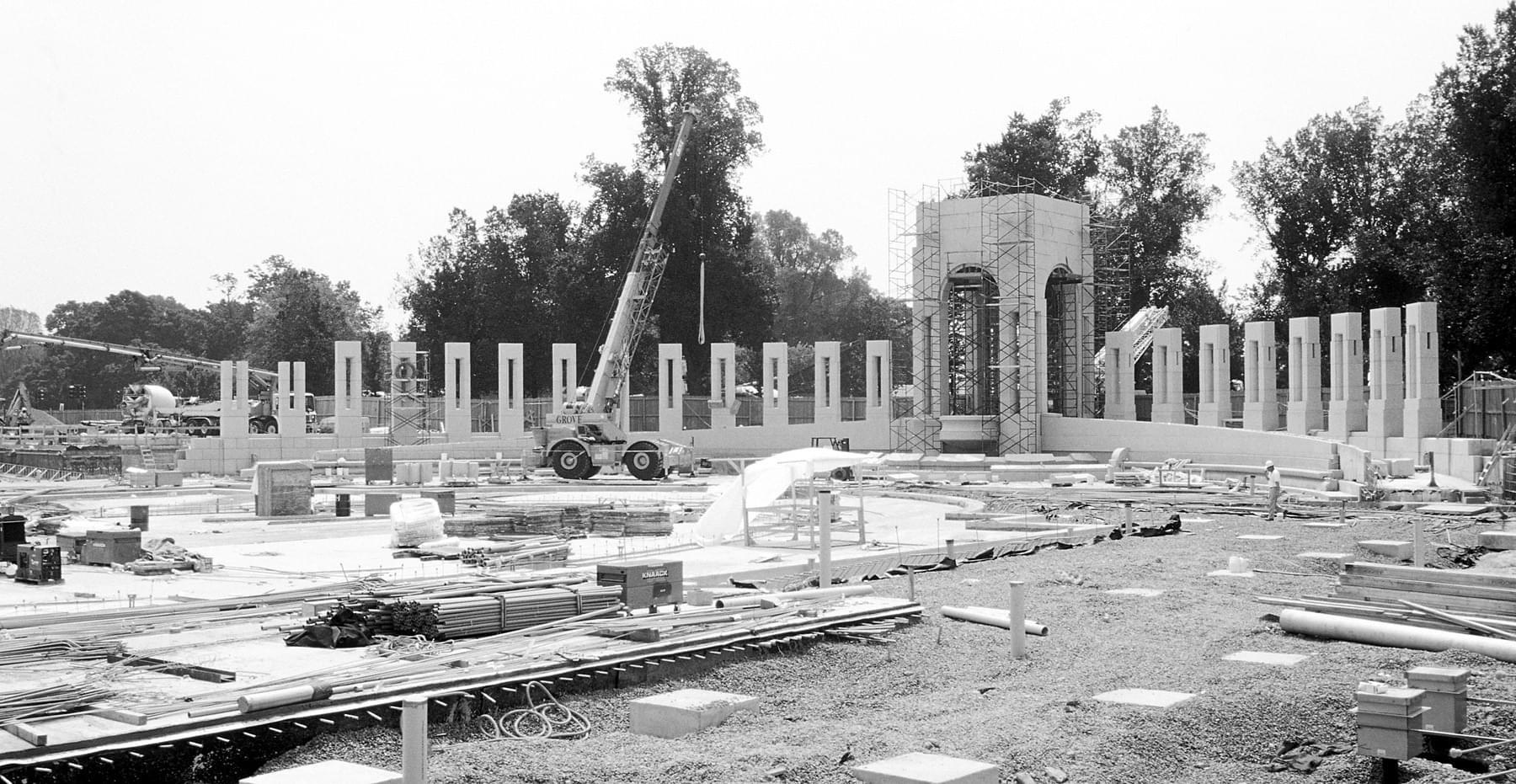JAN 20 – ABMC and MAB hold their first joint site selection session attended by representatives of the Commission of Fine Arts (CFA), the National Capital Planning Commission (NCPC), the National Capital Memorial Commission (NCMC), the National Park Service (NPS), and U.S. Army Corps of Engineers. Seven potential sites are visited:
- Capitol Reflecting Pool area (between 3rd Street and the Reflecting Pool)
- Tidal Basin (northeast side, east of the Tidal Basin parking lot and west of the 14th Street Bridge access road)
- West Potomac Park (between Ohio Drive and the northern shore of the Potomac River, northwest of the FDR Memorial site)
- Constitution Gardens (east end, between Constitution Avenue and the Rainbow Pool)
- Washington Monument grounds (at Constitution Avenue between 14th and 15th Streets, west of the Museum of American History)
- Freedom Plaza (on Pennsylvania Avenue between 14th and 15th Streets)
- Henderson Hall, adjacent to Arlington National Cemetery (Henderson Hall was dropped from consideration because of its unavailability).
MAR 2 – The ABMC and MAB unanimously select the Constitution Gardens site as the most appropriate one out of the six alternatives.
MAY 9 & JUN 20 – The NCMC holds public hearings on the site for the World War II Memorial with consideration given to both the Constitution Gardens site and the Capitol Reflecting Pool site on Third Street.
JUL 27 – The CFA concludes after a public hearing that the Constitution Gardens site would not be commensurate with the historical significance of World War II, and requests that further consideration be given to the Capitol Reflecting Pool and Freedom Plaza along with a new alternative, the traffic circle on Columbia Island on the Lincoln Memorial-Arlington Cemetery axis. The Rainbow Pool is discussed as a possible alternative site.
AUG 6 – The ABMC proposes to the chairmen of the CFA, NCPC and NPS that the Rainbow Pool site with space on both sides of the pool be studied as a replacement for the Constitution Gardens site.
SEP 19 – In a public meeting, the CFA unanimously approves the Rainbow Pool site with the understanding that design guidelines be developed in consultation with them.
OCT 5 – During a public meeting, the NCPC approves the Rainbow Pool site on the condition that the Mall’s east-west vista formed by the elm trees bordering the Reflecting Pool would be preserved.
NOV 11 – The President dedicates the memorial site in a formal ceremony that concludes the 50th Anniversary of World War II commemorations. A plaque marks the site as the future location of the World War II Memorial.


